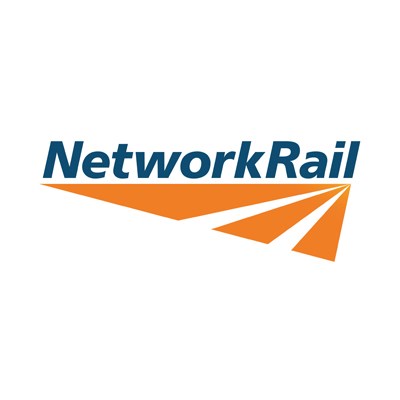Thursday 24 Mar 2016
Long-term vision for East Midlands Rail published
- Region & Route:
The railway in the East Midlands is undergoing a transformation. Network Rail’s current upgrade programme is re-energising one of Britain’s oldest railways by delivering an electrified railway which can carry more and longer trains, more quickly.
Today Network Rail publishes the East Midlands Route Study which has been developed in partnership with train operators and other industry partners to look at predicted medium and long-term demand for rail travel and determine what further investment might be needed in order to meet that demand to continue to support growth in the communities and economy of the East Midlands.
Erica Blamire, principal strategic planner at Network Rail, said: “It is an exciting time for rail in the East Midlands. Our railway upgrade plan is already creating a railway which can carry more passengers, more quickly and which continues to support rail freight which is vital to our economy. The East Midlands Route Study looks to build upon that, setting out potential future investment for the region.”
Network Rail is already working as part of the Midlands Connect Partnership to identify and prioritise options for investment to accelerate growth across the Midlands. This includes early development work into improving East-West Midlands journey times, to be prepared for inclusion in the final version of the West Midlands & Chiltern Route Study.
The East Midlands Route Study is the result of many months work by Network Rail and other industry stakeholders. It outlines several “choices for funders”, which are potential value for money schemes which funding bodies such as Department for Transport, Local Enterprise Partnerships, Midlands Connect, councils or other bodies may wish to fund.
The key “choices for funders” within the East Midlands study are:
- “Leicester capacity” improvements. This would build upon development work which is already underway and could include more platforms at Leicester and Syston, an extra track between Syston and Wigston and junction improvements at both Wigston and Syston to unblock the bottleneck in the Leicester area.
- Resignalling between Peterborough and Syston to allow more trains to run as well as meeting demand for rail freight growth between Felixstowe and the West Midlands.
The Route Study also found that train lengthening on several key routes would allow more passengers to travel without the need to carry out further infrastructure work. It also recommends that development work should continue on East-West Rail which proposes a new rail link between Bedford and Cambridge as an extension of the route between Oxford and Bedford.
The study also considers how new technology, known as the “digital railway” can be used to create further improvements for passengers and freight users and has been developed to make sure that the benefits of High Speed 2 are maximised. It outlines the following, longer term choices for funders:
For further longer-term growth and faster journeys:
- South of Bedford area
- Bedford Midland station area
- Kettering – Kilby Bridge Junction
- Nuneaton – Leicester area
- Syston East Junction - Peterborough area (additional track for further long-term growth)
- Stenson Junction – Sheet Stores Junction
- Birmingham – Derby area
- Chesterfield area (Tapton Junction to Clay Cross Junction
- Newark area
To be HS2-ready:
- Nottingham station
- Derby station
- Trent Junctions
Notes
The full East Midlands Route Study is available at: https://www.networkrail.co.uk/long-term-planning-process/east-midlands-route-study/
Contact information
Passengers / community members
Network Rail national helpline
03457 11 41 41
Latest travel advice
Please visit National Rail Enquiries
Journalists
Network Rail press office - Toby Higgins
Head of Communications
Network Rail
0330 333 1800
toby.higgins@networkrail.co.uk
About Network Rail
We own, operate and develop Britain's railway infrastructure; that's 20,000 miles of track, 30,000 bridges, tunnels and viaducts and the thousands of signals, level crossings and stations. We run 20 of the UK's largest stations while all the others, over 2,500, are run by the country's train operating companies.
Usually, there are almost five million journeys made in the UK and over 600 freight trains run on the network. People depend on Britain's railway for their daily commute, to visit friends and loved ones and to get them home safe every day. Our role is to deliver a safe and reliable railway, so we carefully manage and deliver thousands of projects every year that form part of the multi-billion pound Railway Upgrade Plan, to grow and expand the nation's railway network to respond to the tremendous growth and demand the railway has experienced - a doubling of passenger journeys over the past 20 years.
Follow us on Twitter: @networkrail
Visit our online newsroom: www.networkrailmediacentre.co.uk

